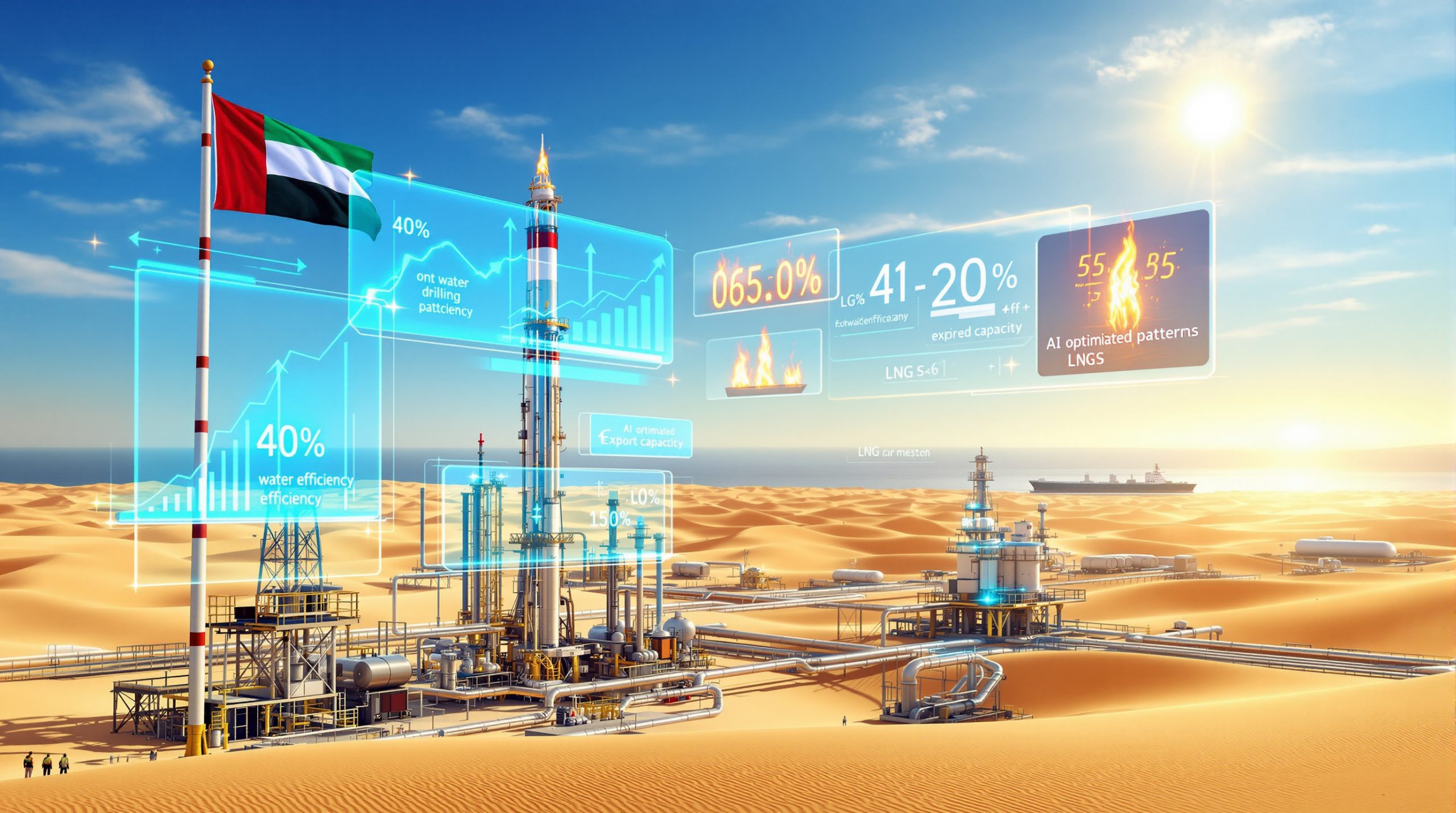Understanding Trump's Comprehensive Sanctions Strategy
The October 2024 sanctions package targeting Russian energy giants Rosneft and Lukoil represents the most aggressive economic warfare strategy deployed against Moscow's oil sector since the Ukraine conflict began. These measures fundamentally differ from previous targeted restrictions by implementing comprehensive blocking sanctions that freeze all U.S.-based assets and prohibit any American entity from conducting business with these companies.
Critical Scale of Impact:
- Rosneft: Controls approximately 40% of Russian oil production and 30% of domestic refining capacity
- Lukoil: Russia's second-largest oil producer with extensive international operations
- Combined export capacity: Approximately 3.1 million barrels per day
- Global supply disruption: Potential impact on 3% of worldwide oil supply
Furthermore, the Treasury's Office of Foreign Assets Control (OFAC) designation places both companies on the Specially Designated Nationals and Blocked Persons List, creating automatic inclusion of their multiple subsidiary operations under the same restrictions.
Revolutionary Enforcement Mechanisms Beyond Previous Sanctions
Secondary Sanctions: Global Compliance Requirements
Unlike earlier sanctions focused on specific transactions or technologies, these Trump sanctions on Russian oil giants employ secondary sanctions threatening any international entity engaging in significant transactions with Rosneft or Lukoil. This extraterritorial reach creates unprecedented compliance challenges for major oil importing nations.
Key Enforcement Differences:
- Categorical prohibitions replacing transaction-by-transaction reviews
- Automatic subsidiary inclusion expanding coverage across corporate structures
- Third-party liability extending to non-U.S. financial institutions
- Documentary complexity requiring extensive origin verification systems
The approach builds upon lessons learned from Iran sanctions (2010-2015), where secondary enforcement mechanisms proved more effective than primary restrictions alone.
Enhanced EU Coordination and Shadow Fleet Targeting
The European Union's complementary 19th sanctions package, voted on October 16, 2025, accelerates the timeline for Russian energy phase-out:
Revised Implementation Schedule:
| Energy Type | Original Target Date | Accelerated Date |
|---|---|---|
| Russian Oil Imports | No specific date | January 1, 2026 |
| Non-LNG Gas Imports | January 1, 2028 | January 1, 2027 |
| LNG Import Ban | January 1, 2028 | January 1, 2027 |
The EU simultaneously expanded its shadow fleet targeting by adding 117 vessels to sanctions lists, bringing the total sanctioned tankers to 558. This represents a significant escalation in maritime enforcement capabilities.
Market Response and Price Volatility Patterns
Immediate Price Reactions
Oil price movements experienced a 6% surge following the sanctions announcement, though current data shows subsequent moderation:
Current Market Status (October 27, 2025):
- WTI Crude: $61.35 (-0.15, -0.24%)
- Brent Crude: $65.67 (-0.27, -0.41%)
- Murban Crude: $68.07 (-0.84, -1.22%)
- Natural Gas: $3.428 (+0.124, +3.75%)
The initial price spike to above $68 per barrel for Brent crude has since moderated. However, markets are weighing enforcement probability against potential workaround mechanisms.
Transportation Cost Escalation
Tanker rates have soared as buyers scramble to secure alternative supply chains. The phenomenon mirrors previous sanctions episodes where transportation premiums often exceed the underlying commodity price increases.
Supporting Market Indicators:
- Supertanker rates described as "soaring" in recent weeks
- Increased demand for non-Russian crude transportation capacity
- Geographic price differentials widening between sanctioned and non-sanctioned sources
- Refining margin improvements due to supply uncertainty
China and India Face Unprecedented Economic Pressure
China's Strategic Energy Vulnerability
Beijing imported over 100 million tonnes of Russian crude in 2024, representing approximately 20% of total energy imports. The scale of this dependency creates significant leverage for U.S. enforcement actions.
Escalating Pressure Points:
-
Port Sanctions: Four Chinese facilities now sanctioned by Washington
- Zhoushan Jinrun Petroleum Transfer Co. (Zhoushan port area)
- Huaying Huizhou Daya Bay Petrochemical Terminal Storage (March 2025)
- Guangsha Zhoushan (April 2025)
- Dongying Port (May 2025)
-
Legislative Threat: The "Sanctioning Russia Act of 2025" authorizes up to 500% tariffs on countries purchasing sanctioned Russian oil
-
Congressional Support: 84 Senate co-sponsors with House Speaker endorsement
In addition, the EU has reinforced this pressure by sanctioning Liaoyang Petrochemical, a China National Petroleum Corporation subsidiary. This marks the first EU sanction targeting a Chinese buyer of Russian crude.
India's Discount Dependency Dilemma
New Delhi faces mounting pressure despite having imported approximately $140 billion worth of Russian oil since 2022. Trump's direct criticism via Truth Social highlights the administration's focus on secondary buyers:
India is "not only buying massive amounts of Russian Oil, but also selling it on the Open Market for big profits" while showing indifference to Ukrainian casualties.
India's Compliance Challenges:
- Tariffs doubled to 50% by Trump administration
- EU restrictions on refined products made from Russian crude
- Technical challenges switching crude types in existing refineries
- Need for rapid supplier diversification
Long-Term Energy Security Implications
Supply Chain Restructuring Accelerates
The sanctions are catalyzing a fundamental reorganization of global oil trade patterns. Furthermore, several emerging trends are becoming apparent:
Alternative Supply Development:
- Middle Eastern Expansion: Saudi Arabia and UAE increasing production capacity
- American Shale Growth: Potential for enhanced U.S. export capabilities
- African Alternatives: Renewed focus on Nigerian and Angolan supplies
- South American Options: Venezuelan crude (contingent on sanctions relief)
Technology and Infrastructure Constraints
Russian energy companies face escalating technological challenges beyond immediate market access:
Operational Constraints:
- Equipment Restrictions: Limited access to Western drilling and extraction technology
- Maintenance Difficulties: Challenges servicing existing infrastructure without international support
- Financial Isolation: Reduced access to international capital markets and insurance coverage
- Documentation Complexity: Increased costs and risks in transaction processing
Consequently, these technical limitations may compound over time, potentially creating longer-term production constraints even if market access is restored.
Historical Context and Enforcement Effectiveness
Iran Sanctions Model (2010-2015)
Previous comprehensive energy sanctions provide instructive precedents:
Iran Results:
- Production Decline: From 3.8 million to 2.7 million barrels daily
- Revenue Impact: Over $100 billion in estimated lost oil income
- Enforcement Success: Contributed to nuclear agreement negotiations
- Evasion Development: Sophisticated workaround systems emerged
Venezuela Experience (2019-Present)
Venezuela Outcomes:
- Production Collapse: From 2.3 million to under 800,000 barrels daily
- Infrastructure Decay: Significant technical and maintenance deterioration
- Limited Political Success: Regime change objectives not achieved
- Humanitarian Impact: Broader economic consequences for civilian population
The mixed results from previous sanctions campaigns highlight the importance of consistent enforcement. Moreover, realistic objective-setting remains crucial for the current Russian measures.
Enforcement Challenges and Realistic Expectations
Technical Implementation Difficulties:
- Origin Tracking: Identifying Russian crude in refined products and blended shipments
- Real-Time Monitoring: Surveillance requirements for global shipping networks
- Legal Jurisdiction: Varying levels of international cooperation and enforcement capability
- Documentation Verification: Confirming oil sources through complex trading networks
However, the development of Russia's shadow fleet capabilities, similar to Iran's experience, demonstrates the ongoing cat-and-mouse nature of sanctions enforcement.
Alternative Scenarios and Strategic Outcomes
Negotiated Resolution Pathway
Trump's stated preference for ending the Ukraine conflict creates potential for sanctions relief tied to political agreements:
Possible Developments:
- Conditional Relief: Sanctions removal contingent on specific Ukrainian territorial agreements
- Graduated Implementation: Phased enforcement based on compliance milestones
- Energy-for-Peace: Oil trade access as diplomatic leverage mechanism
- Regional Stability: Broader European security arrangements incorporating energy cooperation
Escalation and Counter-Response Scenarios
Alternative trajectories could involve increased confrontation:
Potential Escalatory Dynamics:
- Russian Retaliation: Energy supply cuts to remaining European customers
- Alliance Formation: Deeper Russia-China-Iran energy cooperation frameworks
- Market Fragmentation: Separate trading systems for sanctioned and non-sanctioned nations
- Sustained Volatility: Long-term price instability affecting global economic growth
Strategic Assessment and Market Implications
The comprehensive nature of these Trump sanctions on Russian oil giants represents a significant escalation in economic pressure tactics. Success depends on several critical factors that market participants must monitor.
Furthermore, the trump tariffs impact demonstrates broader economic warfare strategies. These measures complement sanctions with additional pressure mechanisms.
Key Variables for Effectiveness:
- Enforcement Consistency: Whether administrative trump executive order threats translate into sustained implementation
- Chinese Response: Beijing's willingness to risk secondary sanctions for energy security
- EU Coordination: Maintaining transatlantic alignment on enforcement priorities
- Alternative Development: Speed of non-Russian supply chain establishment
- Russian Adaptation: Moscow's ability to develop new evasion mechanisms
In addition, the broader context of US‑China trade war effects creates additional complexity. The sanctions framework must account for existing bilateral tensions.
The ultimate impact will be determined by the global community's willingness to prioritise geopolitical objectives over short-term economic interests. This becomes particularly relevant as energy costs and supply security concerns intensify.
Market Monitoring Priorities:
- Daily enforcement actions and compliance announcements
- Chinese port activity and alternative routing patterns
- EU implementation timeline adherence and potential delays
- Oil price volatility patterns and refining margin developments
- Ukraine conflict progression and diplomatic breakthrough possibilities
Consequently, the OPEC market influence becomes increasingly critical. The organisation's response could significantly affect global supply dynamics.
The sanctions framework establishes the architecture for sustained economic pressure. However, effectiveness requires consistent implementation across multiple jurisdictions and sustained political will despite potential economic costs to sanctioning nations.
Looking for Investment Opportunities in Energy Market Disruptions?
Discovery Alert's proprietary Discovery IQ model delivers real-time notifications on significant ASX mineral discoveries, helping subscribers capitalise on market volatility and emerging opportunities in critical minerals sectors. With global energy supply chains restructuring and demand for alternative resources increasing, begin your 30-day free trial today to stay ahead of major discoveries that could benefit from shifting geopolitical dynamics.




